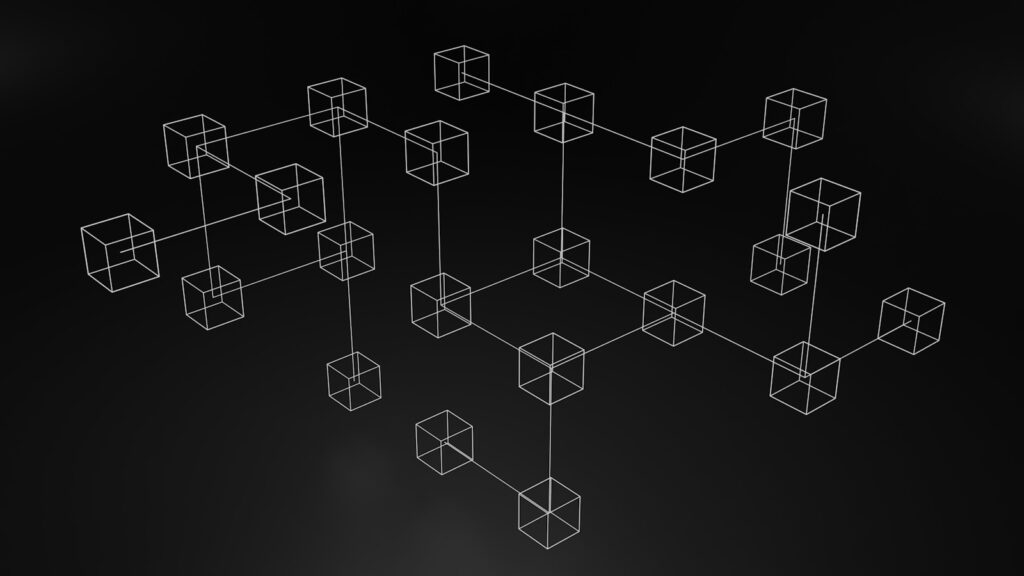The blockchain landscape is rapidly evolving, with innovations aimed at addressing scalability, transaction speed, and cost-effectiveness. Among the most significant developments are Layer 2 solutions, which are gaining traction as the solution to the limitations of Layer 1 blockchains like Bitcoin and Ethereum. In this post, we’ll delve into the latest updates in Layer 2 technology, exploring its impact on the blockchain ecosystem.

What Are Layer 2 Solutions?
Layer 2 solutions are secondary frameworks built on top of existing blockchain networks (Layer 1) to enhance their functionality without compromising security. By offloading transactions from the main chain, these solutions can dramatically increase throughput and reduce costs.
- Improved Scalability: Layer 2 solutions can process thousands of transactions per second (TPS), compared to the limited TPS of Layer 1.
- Lower Fees: By reducing congestion on the main chain, transaction fees can be significantly lower.
- Enhanced Speed: Transactions can be confirmed faster, improving user experience.
Recent Developments in Layer 2 Solutions
As of late 2023, several exciting updates have emerged in the Layer 2 space, highlighting the ongoing innovation within the blockchain ecosystem.
Quick Insight
Recent reports indicate that Layer 2 solutions like Optimistic Rollups and zk-Rollups are gaining significant adoption, enabling faster and cheaper transactions on Ethereum.
1. Ethereum’s Optimistic Rollups
Optimistic Rollups have seen significant adoption within the Ethereum community. This technology allows for off-chain transaction processing, which is subsequently verified on the Ethereum mainnet. The recent launch of major DeFi platforms on Optimistic Rollups has showcased its capabilities, with transaction speeds improving by up to 100 times compared to Layer 1 transactions.
2. zk-Rollups: The Future of Privacy and Efficiency
zk-Rollups, which utilize zero-knowledge proofs to verify transactions, have also made headlines. This technology not only enhances scalability but ensures privacy, allowing transactions to be validated without revealing user information. Recent implementations have shown that zk-Rollups can handle up to 2000 TPS, making them a strong contender for future blockchain infrastructure.
- Recent partnerships with privacy-focused projects emphasize the growing demand for zk-Rollups.
- Adoption by major exchanges indicates confidence in its reliability.
Real-World Use Cases of Layer 2 Solutions
The practical applications of Layer 2 solutions are becoming increasingly evident, with numerous projects utilizing these technologies to enhance their offerings.
1. Gaming and NFTs
Gaming platforms are leveraging Layer 2 solutions to offer seamless transactions for in-game assets and NFTs. This allows players to engage in microtransactions without the burden of high fees and slow confirmation times. Projects like Immutable X have demonstrated that Layer 2 can enable instant trading of NFTs, enhancing the overall gaming experience.
2. Decentralized Finance (DeFi)
DeFi platforms are rapidly adopting Layer 2 solutions to improve user experience. By reducing transaction costs and delays, platforms like Arbitrum and Optimism have seen increased user engagement. The ability to execute smart contracts with lower fees makes DeFi more accessible to a broader audience.

Challenges and Considerations
While Layer 2 solutions present numerous advantages, they are not without challenges:
- Security Concerns: Off-chain solutions must ensure that they do not compromise the security of transactions.
- User Adoption: The transition from Layer 1 to Layer 2 requires education and user-friendly interfaces.
- Interoperability: Ensuring that different Layer 2 solutions can communicate effectively is crucial for widespread adoption.
💡 Future Outlook
As Layer 2 technologies continue to evolve, we can expect to see more innovative solutions that address current challenges while enhancing the blockchain experience for users.
Conclusion
The rise of Layer 2 solutions is a defining trend in the blockchain space, promising to address the long-standing issues of scalability and cost. As we move forward, the adoption of these technologies will likely shape the future of blockchain applications across various sectors, from finance to gaming. Staying informed about these developments is crucial for investors and enthusiasts alike, as the landscape continues to change rapidly.
🚀 Loved this post? Share it or explore more crypto updates on CryptoSlate!
